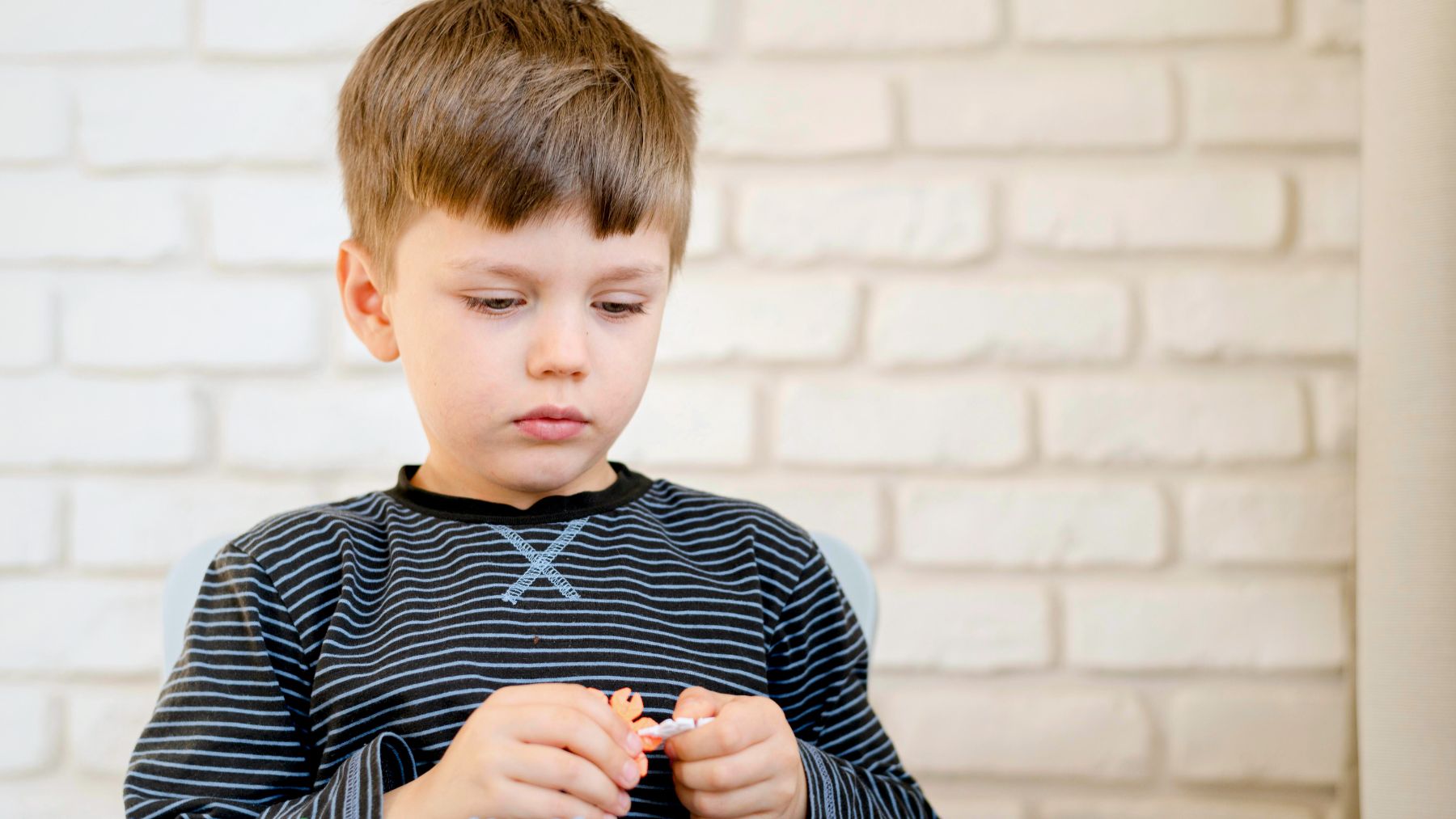Beyond complex word challenges and winding mazes, puzzles can be a great tool for nurturing your toddler’s spatial awareness and early math readiness. These hands-on activities provide a powerful cognitive foundation while remaining engaging for little learners.
Here, we’ll examine the benefits of puzzles for your child’s cognitive development, such as enhancing visuospatial reasoning, pattern recognition, and logical sequencing. We’ll also highlight a variety of puzzle formats—from knob boards to floor kits—that align with preschool curricula, encourage fine motor dexterity, and spark executive-function growth.
How puzzles boost cognitive growth in early learners
Puzzles engage multiple cognitive systems simultaneously. As toddlers grasp, rotate, and align pieces, they practice tasks that strengthen spatial visualization. When they experiment with fitting shapes, they’re assimilating new patterns into existing mental frameworks. This iterative trial-and-error teaches children to hypothesize, test, and refine strategies while building persistence, working memory, and focus.
From a motor development standpoint, manipulating puzzle components enhances coordination and proprioception. Picking up small pieces with a pincer grasp strengthens hand muscles needed for writing, while larger pieces encourage whole-body movement and coordination. As kids fit pieces together, they improve eye-hand coordination by matching shapes and angles and learning how much pressure to use.
Besides, puzzles also help kids build early math skills. Matching shapes or counting pieces teaches basic number concepts like recognizing groups and one-to-one counting, and sorting pieces by color or category encourages early classification skills. These are the same skills kids use later when learning to add, subtract, and understand patterns. Even a simple puzzle play can lay the groundwork for more advanced math thinking.
Games for toddlers to learn from
Whether your toddler is exploring shapes or your preschooler is starting to understand patterns and sequencing, there’s a puzzle that fits their stage and keeps them learning through play. The key is choosing options that match their interests and offer just the right amount of challenge.
- Knob puzzles (12–24 months): These simple wooden puzzles come with large, chunky pieces and easy-to-grasp knobs. They help build fine motor skills while introducing basic shapes, animals, or vehicles. They’re great for practicing early matching and expanding vocabulary.
- Chunky wooden puzzles (18–36 months): Still easy to handle, these thicker pieces can stand upright for pretend play and storytelling. Themes like zoo animals, food, or construction scenes encourage language development and give toddlers a chance to name objects, mimic sounds, and build short narratives.
- Basic jigsaw puzzles (2–3+ years): At this stage, kids are ready for puzzles with 4–12 interlocking pieces. These often feature the alphabet, numbers, or simple scenes like a park or a farm. As they improve, puzzles with 12–24 pieces help strengthen visual-spatial reasoning, focus, and the ability to follow through with multi-step tasks.
- Floor puzzles (2½+ years): Big, colorful floor puzzles let kids move their whole body as they play. Maps, vehicles, animals, and favorite characters are common themes. These promote cooperation when done with siblings or caregivers and help build early geography and layout awareness.
As your child grows, aim for puzzles that are just a bit beyond their current skill level. That small stretch keeps them engaged without feeling overwhelmed. Watch as they test ideas, fix mistakes, and light up when the last piece clicks into place.
